Coconut mattress in a baby cot
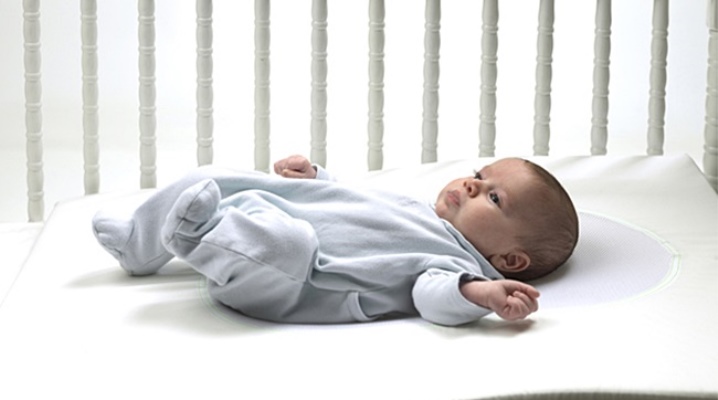
With the birth of a baby, you need to take care not only of buying a crib and the necessary linen. It is important to provide the newborn with a comfortable and proper sleep, which is quite feasible if you buy a mat with a solid structure and an even surface. This, according to pediatricians and orthopedists, is a coconut mattress in a crib. In order not to harm the health of the baby, before buying, you need to take into account all the nuances of such a block, find out its pros, cons and the degree of influence on the child's body.
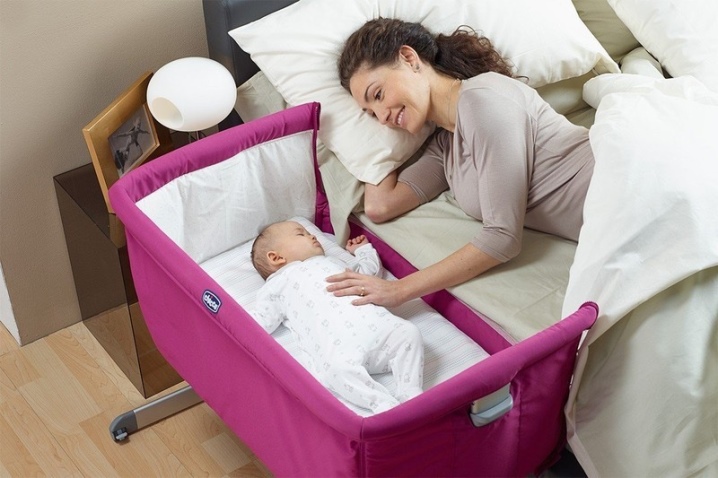
Benefit and harm
Coconut mattresses for children are in the spotlight today. They are acquired by children of different ages and weights, choosing individually for each child. Models of mats for babies are made on a springless basis. The most important advantage of such padding is the orthopedic effect on the formation of children's posture.
Such a mattress is preventive, because it is in the first years of life that it allows you to exclude the appearance of back problems. And if by the age of three years of life the child has deviations in the correct position of the spine, it is the coconut mattress that will become therapeutic, while later (in school and adolescence) it will be difficult or even impossible to get rid of diseases of the spine without a set of special exercises.
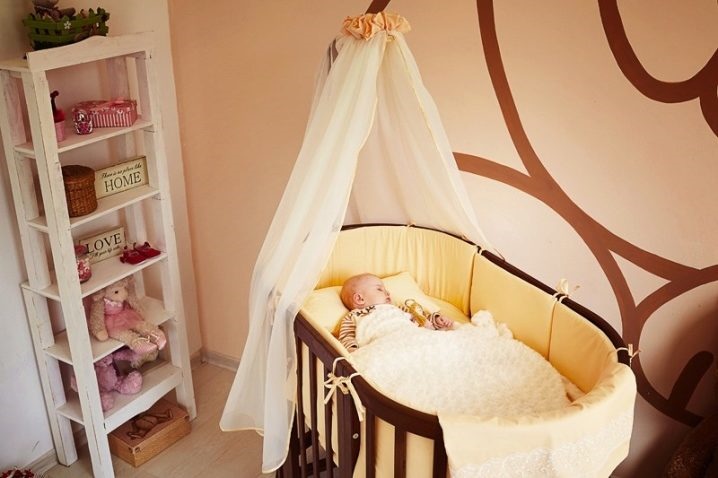
pros
In addition to the orthopedic effect, children's coconut mattresses have other Benefits:
- due to their natural origin, they do not cause allergies and irritation of the baby's delicate skin;
- They are distinguished by excellent practical characteristics and rigidity, exclude body collapse when loaded on the mat;
- exclude the formation of fungus, mold and decay;
- have good air exchange;
- they are environmentally friendly and safe to use, due to the structure of the block and the absence of metal elements, they do not accumulate static electricity and do not harm the health of the child;
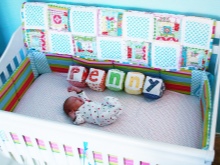
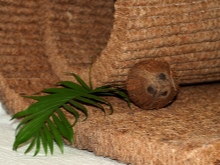
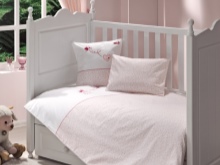
- depending on the structure of the block, they can be the same or different on both sides (with different degrees of rigidity of the mat for children of different ages);
- resistant to moisture and odor absorption, do not emit toxic odors that cause discomfort, dizziness, lack of air;
- designed for a long service life, are elastic, resistant to deformation;
- comfortable and comfortable, make the child's sleep not only serene, but also correct, contribute to the correct formation of the curves of the spine and even distribution of the load on the body;
- regulate heat exchange, maintain surface heat in winter and coolness in warm seasons;
- are made in bulk and individually, to order.ac from ripe coconut has a dark brown tint, therefore it is resistant to defo
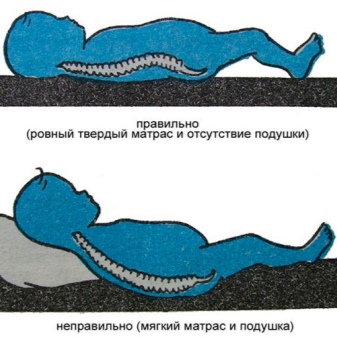
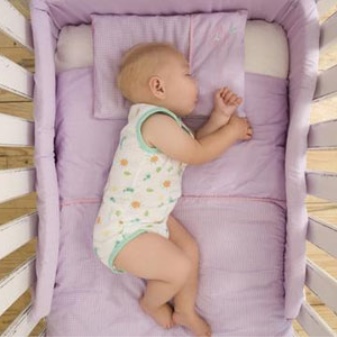
Minuses
For all its advantages, a coconut mattress is not designed for children's activity: you cannot jump and jump on it. This can lead to breakage of the block, because it does not stretch. In addition, a coconut mattress is expensive, which is a certain barrier to purchase. Therefore, some parents have to buy budget options that can be made from low-quality materials with rubber latex, which gives out a pungent rubber smell.
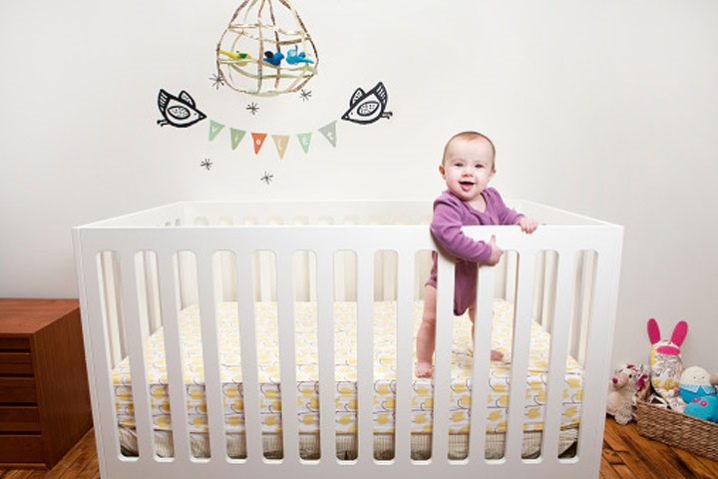
Since children's health depends on adults, and coconut fiber mattress designs really help shape children's posture, you need to invest in the right mattress to avoid problems with skeletal development in the future.


Varieties of filler
There are two types of coconut filler: shavings and natural fiber. Both varieties are resistant to temperature changes and odorless. Chip mattresses today are somewhat different from the first models, known for the fact that they crumbled during long-term use.
By its origin, coconut filler is a natural material. Coir is removed from ripe coconut fruits and soaked for about a month, after which it is combed out, sent to production, and children's mattresses are made only from long fibers. To make the block structure elastic, it is impregnated with natural latex. This is how coconut fiber is obtained, these mattresses are today recognized as the best blocks for cribs.
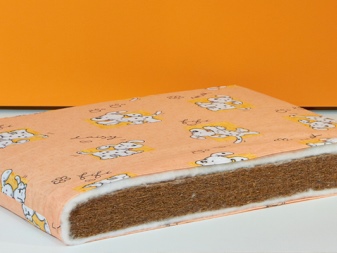

Views
By the structure of the block, they can be monolithic (made from a single layer) and combined (supplemented with another packing). Today, it is the combined type of coconut mats that are especially popular. In addition to the latex-treated coir, the coconut block is created using the needle-punching method (the fiber is nailed to the woven base). Such a mat is quite tough, but inferior in durability to coconut fiber.
By structure, coconut mattresses always have a rigid base. For babies, brands offer orthopedic models made of coconut fiber with latex impregnation. Some manufacturers produce structures for special occasions (for example, road mats for a stroller), differing in thickness and non-standard dimensions.
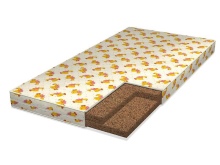
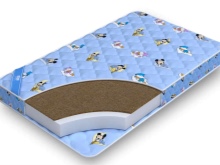
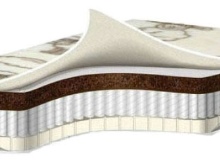
Models from two years old are supplemented with holofiber, felt, sheep wool, buckwheat and cotton (the minimum layer is 1 cm). Double-sided designs are very comfortable, they can be used for longer, brands produce models with a combination of coconut mat and a layer of latex. Such models save the family budget without losing the quality of the mattress.
The spring-type unit has an orthopedic effect only if it uses a large number of independent springs of small diameter, dressed in individual covers. However, such designs are contraindicated for babies, although the springs are covered on both sides with a layer of coconut fiber.
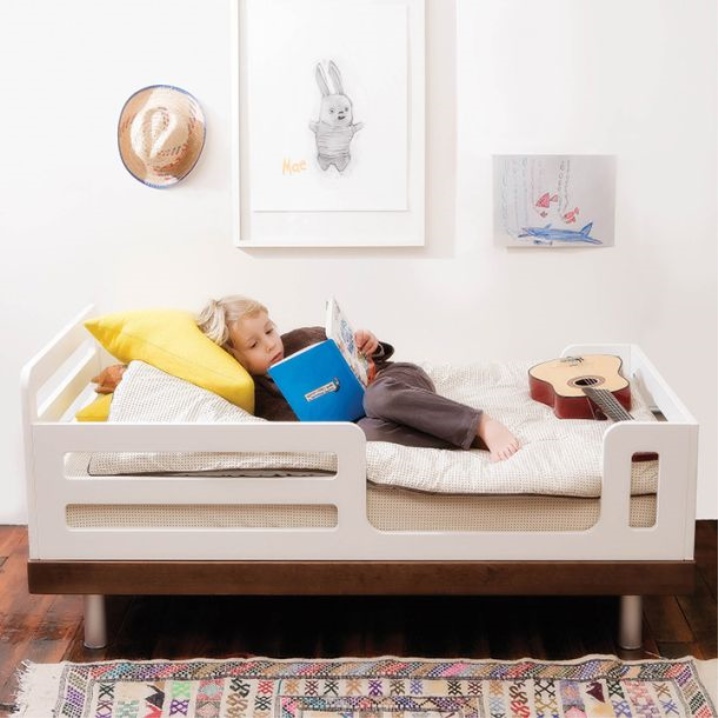
Cover fabrics
One of the differences between the children's mattress topper is its natural textiles. Different fabrics are used in production. The most popular and correct types of upholstery today are cotton, calico, knitwear. Their main advantage is considered to be hypoallergenic and non-slip, so bed linen will not pile up when the baby turns in a dream.
There are no restrictions in the choice of color. Companies offer different themes of designs: from monochromatic to bright and colorful. The pattern of the upholstery (covers) can be universal or special (separately for boys and girls).
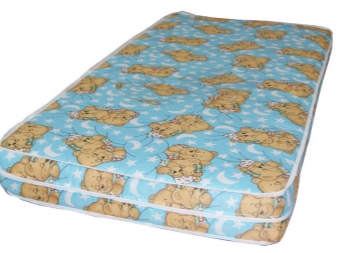
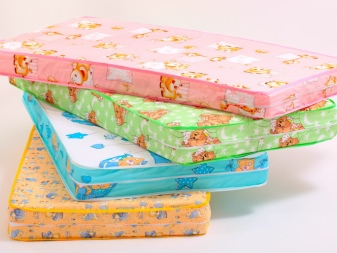
Dimensions (edit)
The parameters of children's mattresses depend on the size of the crib itself. It is important to choose the model in such a way that there is no free space between the edge of the mattress and the side wall of the crib. Otherwise, a small child's hand or foot can fall into the gap, which can injure the baby.
The standard sizes of children's coconut mattresses are 120x60, 140x70, 160x70, 160x80, 125x65 cm. Each parameter is intended for a specific crib model, so the choice of a block should be thorough, taking into account all the nuances. It is also important to consider the thickness of the children's mattress.
Usually, in addition to the length and width of the model, manufacturers indicate its thickness (for example, dimensions 120x60x10 speak about the length, width and height of the block). The height of coconut blocks is small (6, 8 cm), standard (10 cm) and in combined-type structures up to 14 cm. The optimum thickness is 10 cm.
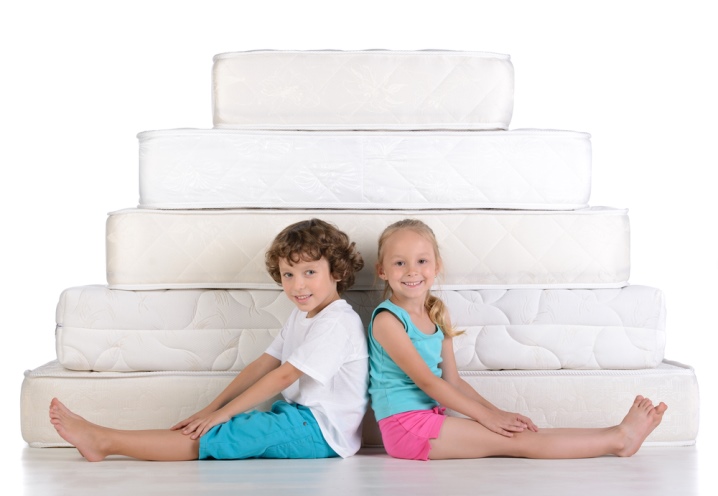
Manufacturers and models
Coconut crib mattresses are found in the line of every major manufacturer. Such designs are developed especially carefully, considering every little detail. HTo make it easier to navigate the rich selection of products, you can study the models of proven enterprises that have a lot of positive reviews:
- Plitex Unior - budget double-sided mattresses with an orthopedic effect made of coconut coir and a layer of latex, characterized by good elasticity, rigidity, the presence of a removable calico cover.
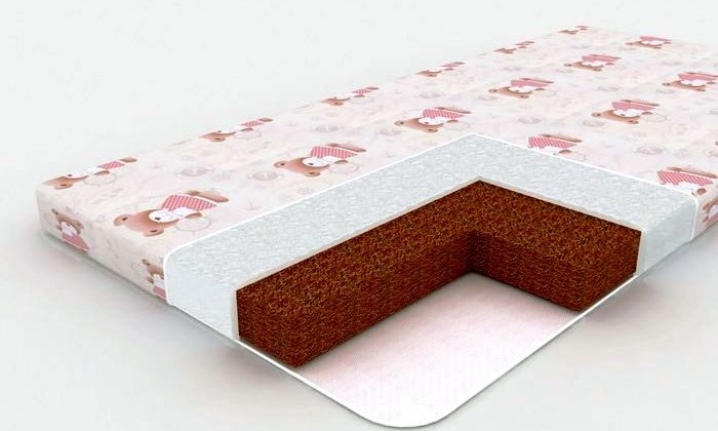
- Askona - mattresses of a domestic company, with an average degree of hardness and a good orthopedic effect, complemented by a non-slip cotton cover.
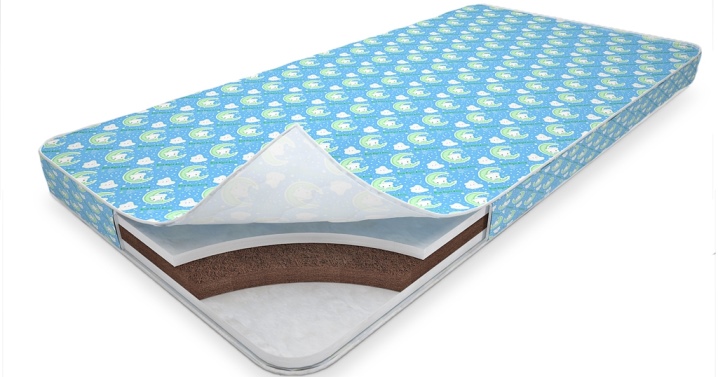
- "Sakura" Bambini Mishutka - structures of a combined type on a springless basis, made of coconut and latex fibers, with the addition of cotton, characterized by a winter-summer cover.
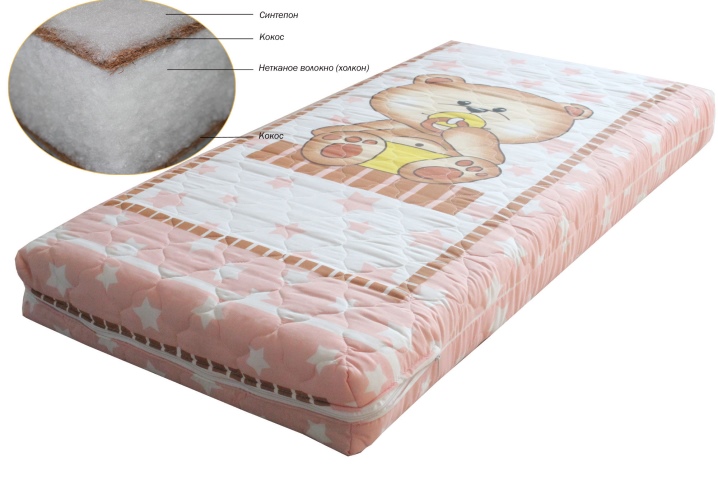
- Baby sleep incanto - breathable latex-coconut mattresses with a membrane antimicrobial cover of a removable type, resistant to dust accumulation, having high rates of practicality and comfort.
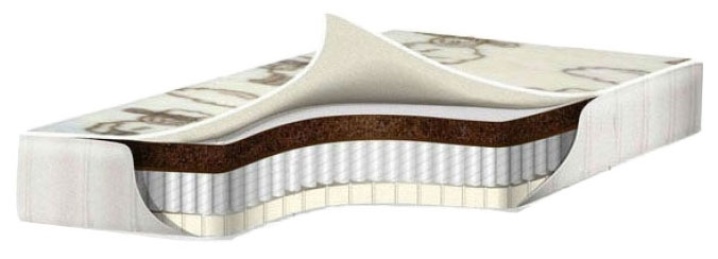
- "Consul" Bear - springless mattresses of a monolithic plan with a high degree of rigidity, a base of coconut coir with a layer of 9 cm and a cotton additive, with an orthopedic effect, the cover is impregnated with silver ions.
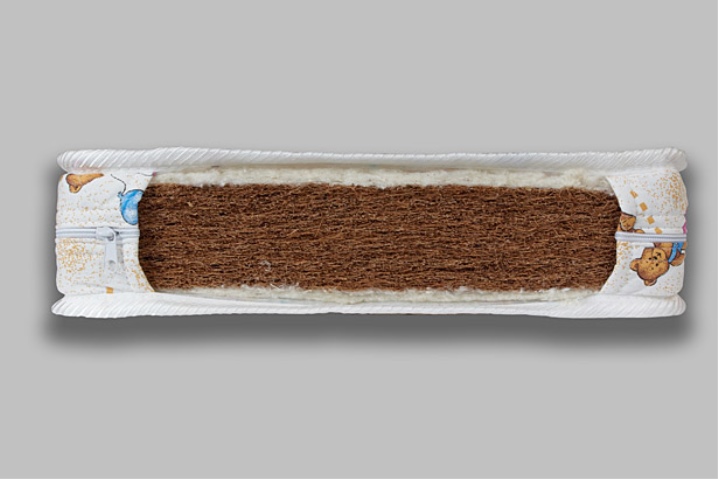
- "Ormatek" Kids Classic - classic monolithic structures made of coconut fiber with a thickness of 7 cm and high rigidity, capable of relieving muscle tension, excluding the possibility of postural disorders, designed specifically for newborns and children under three years of age.
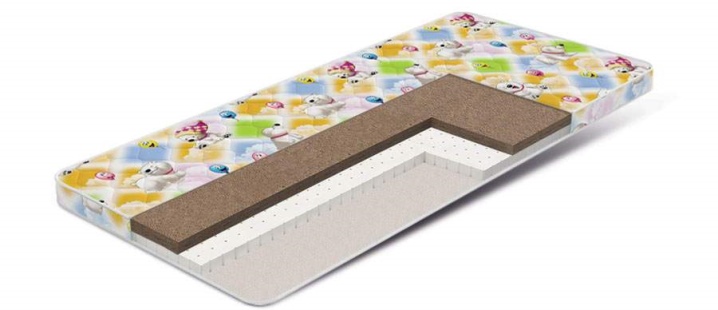
- "Decolores" - Perfect, hypoallergenic, shape-retaining designs that provide a tough yet comfortable, comfortable berth, made from coconut fiber.
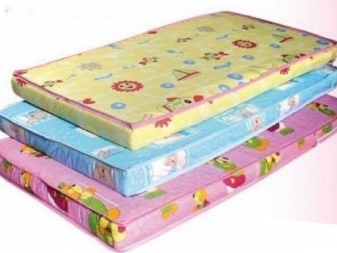
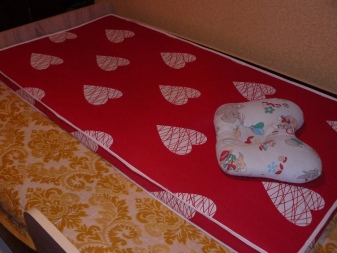
- Lapsi Cocolatex Lux - double-sided premium class models, distinguished by high quality and practical characteristics, made of natural materials and with a "memory" effect.
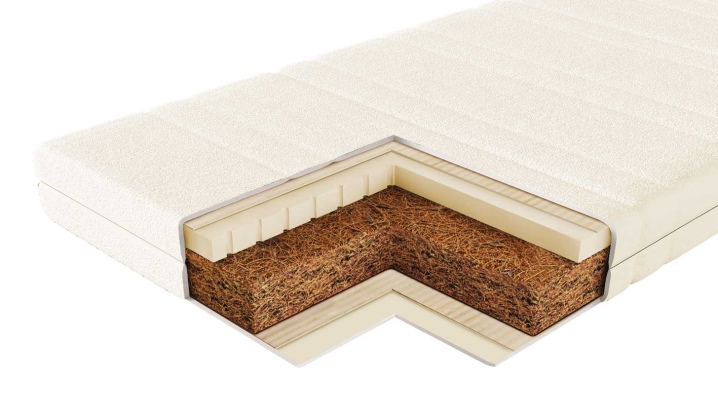
How to choose?
Before buying, you need to consult a doctor, because all mattresses are individual and have different configurations. In the store, you should ask the seller for a certificate of quality and compliance with safety standards. It is important to pay attention to the percentage of latex in the block.

The main rule of choice is that the mattress should be springless.
It can be different (monolithic, flaky, combined), but the base must be coconut stuffing. The first children's mattress should be monolithic, without additional padding, according to orthopedic surgeons. The components of the block must be impregnated with an antimicrobial agent (it is desirable that the block be treated with silver ions). After 2-3 years, you can change the mattress by choosing a structure from a coconut base with the addition of a layer of latex or polyurethane foam.
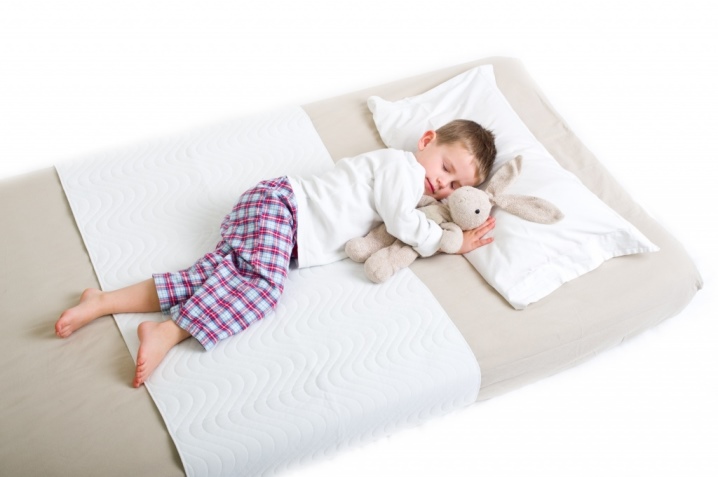
When buying, you should take into account the weight of the child: the mat should not bend, it is important that its surface remains flat. In addition, it is necessary to take into account the size of the crib: if the mattress is large, it will bend, forming bumps and thereby harming the baby's spine. The purchase must be made in person in order to be able to unzip the cover and see the filler. In the right options, you can always check the quality of the filler:
- a mattress made of ripe coconut has a dark brown tint, therefore it is resistant to deformation;
- the pale brown color of the block indicates a short service life and the imminent appearance of dents;
- in monolithic structures, its thickness should be at least 3-6 cm;
- if a combined type mattress is purchased for a child, each layer of coconut fiber must be more than 1 cm.
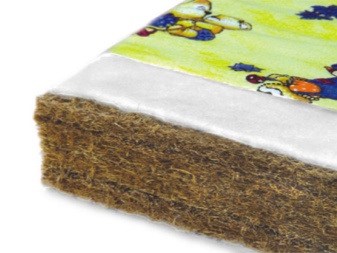
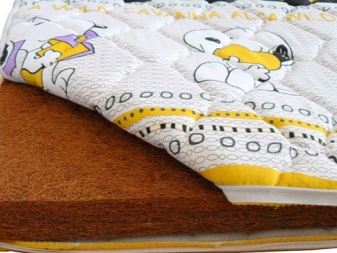
Do not forget about the color of the mattress upholstery. Although the unit will be covered with bedding, it is best to choose a patterned model for practical reasons. So it will look presentable longer.
When choosing a model with a budget in mind, it is worth keeping in mind that a good block of high-quality packing cannot be cheap.On average, the price of a coconut mattress ranges from 2500 to 5500 rubles. The better the quality of the components, upholstery and additional equipment, the higher the cost of the model.
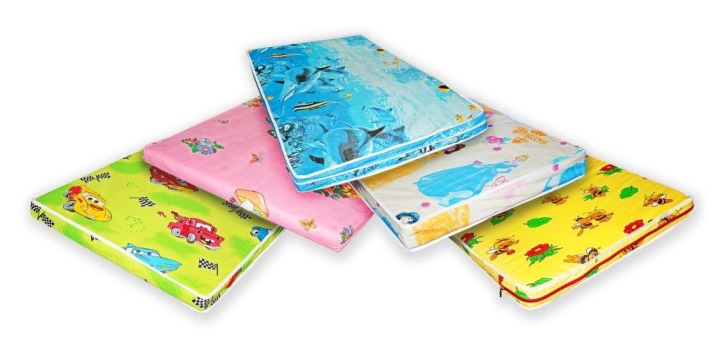
How to care?
It is no secret that in order to extend the life of a mattress, it must be properly cared for. In order for the block to retain its qualities for a long time, it is worth considering a number of recommendations:
- the mattress does not imply washing: it is worth buying an additional removable cover with a zipper (if it is not available);
- in addition to natural textiles, the cover must be waterproof (preserving the inside of the unit);
- from time to time, the mattress needs to be ventilated and turned upside down (at least once a season);
- periodically you need to change the position of the sides of the shoulders and legs, turning the mattress (this will exclude caking);
- in order to prevent the appearance of dust mites, the unit can be carefully vacuumed with an ordinary vacuum cleaner;
- drying of the mattress is carried out in a horizontal position on a hard surface in a natural way;
- if there is a lot of contamination, it is worth contacting a specialized dry cleaner (no more than 1 time in 3 years).
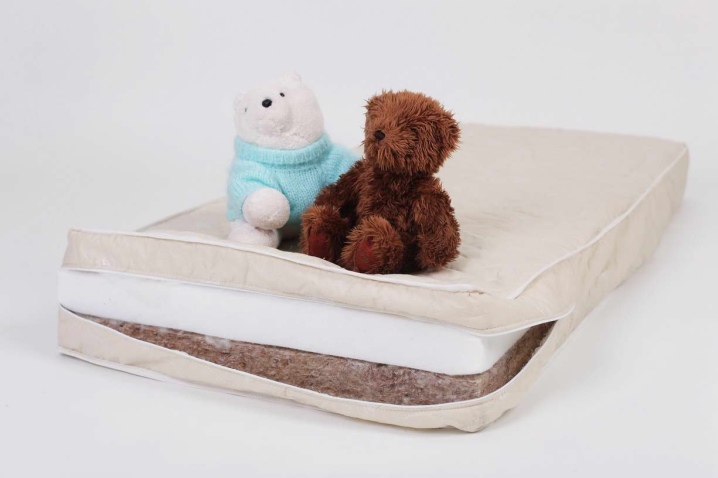
In addition to the basic rules of care, it is worth making sure that the child does not jump on the mattress, otherwise the surface of the coconut block can be damaged (fibers will shift or break).
Reviews
The strictest censors of coconut mattresses are loving parents. Leaving reviews on the websites of sellers of such mattresses, they note that designs with coconut padding meet the stated requirements. Coconut mats really do not sag under the weight of a child, they are well ventilated and do not deform over time. Caring parents state the fact that children sleeping in cribs on coconut mattresses do not show allergies, children's sleep is long and serene.
Coconut mattresses are the most natural, environmentally friendly and durable - according to loving parents. It is these mats that are able to provide babies with the correct development of posture.


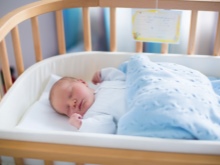
For information on how to choose a children's mattress, see the next video.













The comment was sent successfully.